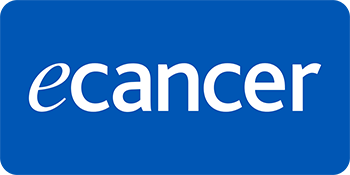Introduction: Cancer rates are rising in low- and middle-income countries. While point-of-care ultrasound is now available globally and could serve to mitigate against this rise, its use in diagnosing cancers is inconsistent in lower-resourced healthcare contexts. This proof-of-concept study investigates the feasibility of an ultrasound training concept in a low-resource setting. It evaluates whether this educational concept led to improved knowledge and application of ultrasound diagnostics, cancer screening and staging and patient care.
Material and methods: The curriculum was developed through expert exchange and is based on the World Health Organisation’s Manual of Diagnostic Ultrasound. It consisted of two didactic components: an on-site training phase across 5 days for a total of 24 hours, and a digital follow-up phase involving the meeting of a bi-weekly tumor board online. The learning objectives of the on-site training were normal imaging and recognition of common pathologies of the abdominal organs, vessels, lymph nodes, female breasts and lungs. The virtual tumour boards met to discuss cases and ultrasound findings, thus aiding continuing professional development after the training sessions had concluded. The face-to-face course component was accompanied by tests given before and after training as well as an evaluation sheet (Likert-scale with 1 = ‘completely/very good’ and 7 ‘not at all/very poor’).
Results: Of 20 participants from a rural hospital in Tanzania, a total of 16 were included in the analysis (clinical officers n = 6; medical officers n = 10). A significant increase in knowledge (p < 0.01) was measured both in the subjective self-assessment and in the theoretical competence tests. In multivariate linear regression, the status ‘medical officers yes’ (β = 5.4; p = 0.04) had a significant influence on theory test results at T2. During the 24 virtual tumour board meetings, 28 cases were discussed and a continuous improvement in image acquisition quality was observed.
Conclusion: The ultrasound education concept comes with a sustainable increase in clinical competence and improved oncological ultrasound screening locally. There is potential for the transfer of the concept to other locations, which can be explored in the future.







